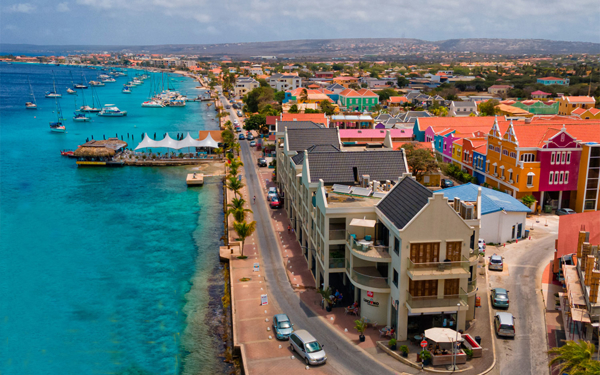The purpose of the CCyB is to increase banks' resilience as cyclical risks build up, and to release the buffer as soon as risks materialise. This gives banks additional headroom to absorb losses in bad times, and supports lending to businesses and consumers. This can limit the immediate impact of a crisis on the real economy. The CCyB applies to domestic exposures and has a mandatory reciprocity of up to 2.5%. Therefore, foreign banks with exposures in the Netherlands must also hold capital due to the 1% CCyB.
In accordance with our framework for setting the CCyB, we aim for a 2% CCyB in a “standard” risk environment, i.e. a situation where cyclical systemic risk is neither particularly high nor particularly low. In doing so, we seek to better take account of the inherent uncertainty involved in measuring (cyclical) systemic risk. We then determine the level of the CCyB on the basis of a varied set of indicators (including the credit gap shown in Chart 1) that interpret the phase of the cyclical systemic risk and compare it with a structural trend (Table 1).
The risk picture that emerges from the indicators still matches standard risk environment: the economy has recovered strongly since the coronavirus outbreak, the financial sector is still sufficiently resilient, and cyclical systemic risks are still at "normal" to elevated levels. At the same time, the war in Ukraine and higher inflation are increasing uncertainties, (cyclical) systemic risks are building further, and risks to the real economy are increasing.
Against this background, we maintain our earlier decision to activate a 1% CCyB in the Netherlands from 25 May 2023. The CCyB contributes to maintaining the resilience of the financial system in the face of current uncertainties. The activation of the 1% CCyB in the Netherlands is a first step towards the 2% CCyB that we want banks to hold in a standard risk environment. We will closely monitor the risk picture to see if and when adjustment of the CCyB is appropriate.




